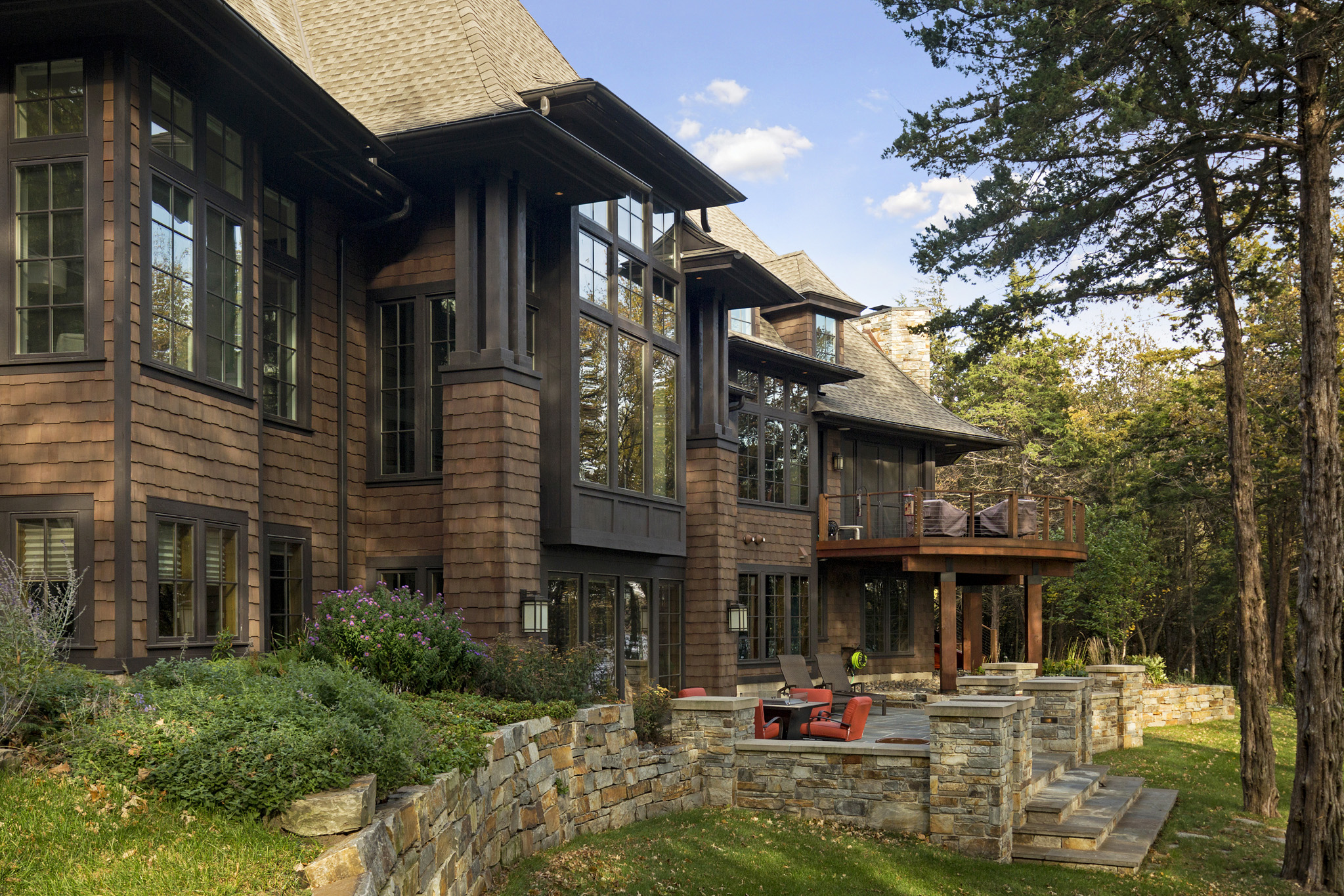In the Zone

Just like no two fingerprints are alike, the same could be said about cabins and the properties they rest upon. Each cabin has a unique history and story to tell. With countless family gatherings that span generations, the cabin provides a communal space for life experiences.
Determining the condition of the cabin was discussed in our previous article “The Big Question: Remodel or Rebuild a Lake Cabin?” and is a critical step in assessing your options. However, that alone might not be the only consideration when trying to determine whether to remodel or rebuild.
Zoning is an immense topic and plays a vital role in almost any construction project. Each municipality has their own ordinances with a variety of limits and exceptions, so we can’t cover all aspects of local building codes, rules, and other regulations one might encounter. However, there are four key zoning considerations for any remodel or rebuild project:
1. ZONING DISTRICT
Most of the regulations that apply to your property will be determined by your zoning district. Existing cabins will be subject to requirements for a “dwelling” or an “accessory structure,” depending on what amenities they contain. Additionally, the year the cabin was originally built might determine if it must be considered “conforming“ or “nonconforming” with current rules. Since many cabins were built prior to today’s rules and regulations, they are not likely to be conforming to present-day standards. However, they might be considered exempt or “grandfathered in” regarding some of the current regulations. It is important to know which regulations apply to your project before you go too far with your remodeling or rebuilding plans.
2. LOT SIZE
The size or area of your property (lot size) is an important feature in assessing what limits might be imposed on your property. You will typically need to conform to requirements for permeable green space, like lawns or vegetative growth, that have the ability to allow moisture to pass through them. Your impervious surfaces, like buildings and paved areas, do not have the ability to allow moisture through and will typically be limited to a maximum percentage of your total lot size area. The number of dwellings on a lot (density requirements) can also be directly determined by lot size. This means the size of your property plays a critical role in the size of your addition to the existing cabin or a new cabin.The larger the lot size, the larger the buildable area.
3. SETBACKS
Setback requirements are a crucial factor in determining not only building placement but also how it relates to site lines and other amenities your lot offers. These rules, which dictate the minimum distance between a building and the property line, typically include all four sides of your property (front, back and sides). Lake properties are also subject to the Ordinary High-Water Mark (OHWM) setback. These distance requirements usually are different for the dwelling structure and the accessory structure, and there may be additional types of setbacks requirements depending on your property.
4. HEIGHT
Local ordinances will define your height requirements, but different municipalities can have different methods for determining building height. This can have a significant impact on design, so it is important to understand the rules in your zoning district before you finalize the overall height of your remodel, addition, or new cabin.
These are just four of the many ordinances that will factor into your remodel or new cabin project. A thorough zoning review during the Project Programming or Pre-Design phase can identify those options and assist in determining the best course of action to take as you remodel, rebuild, or build new.

